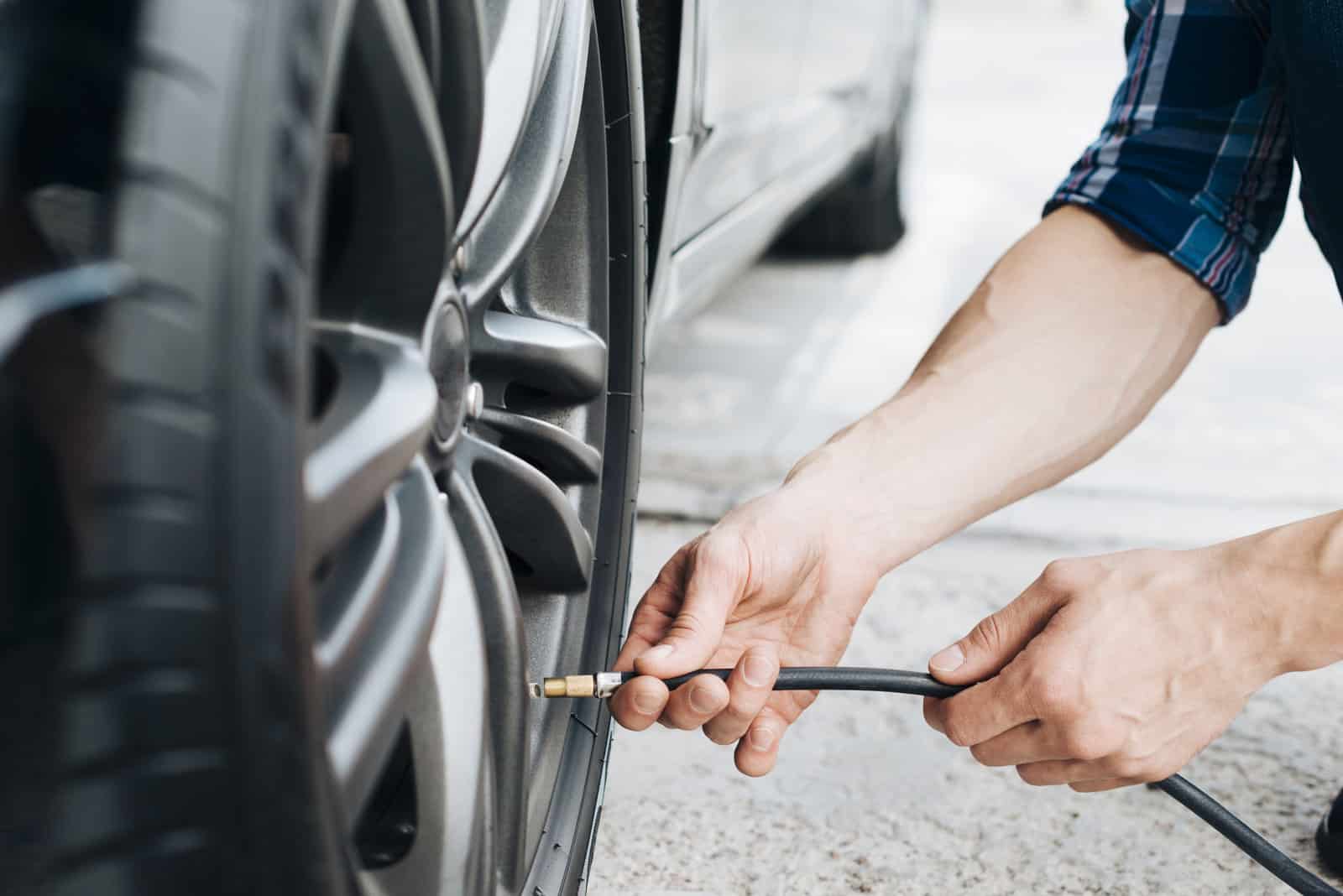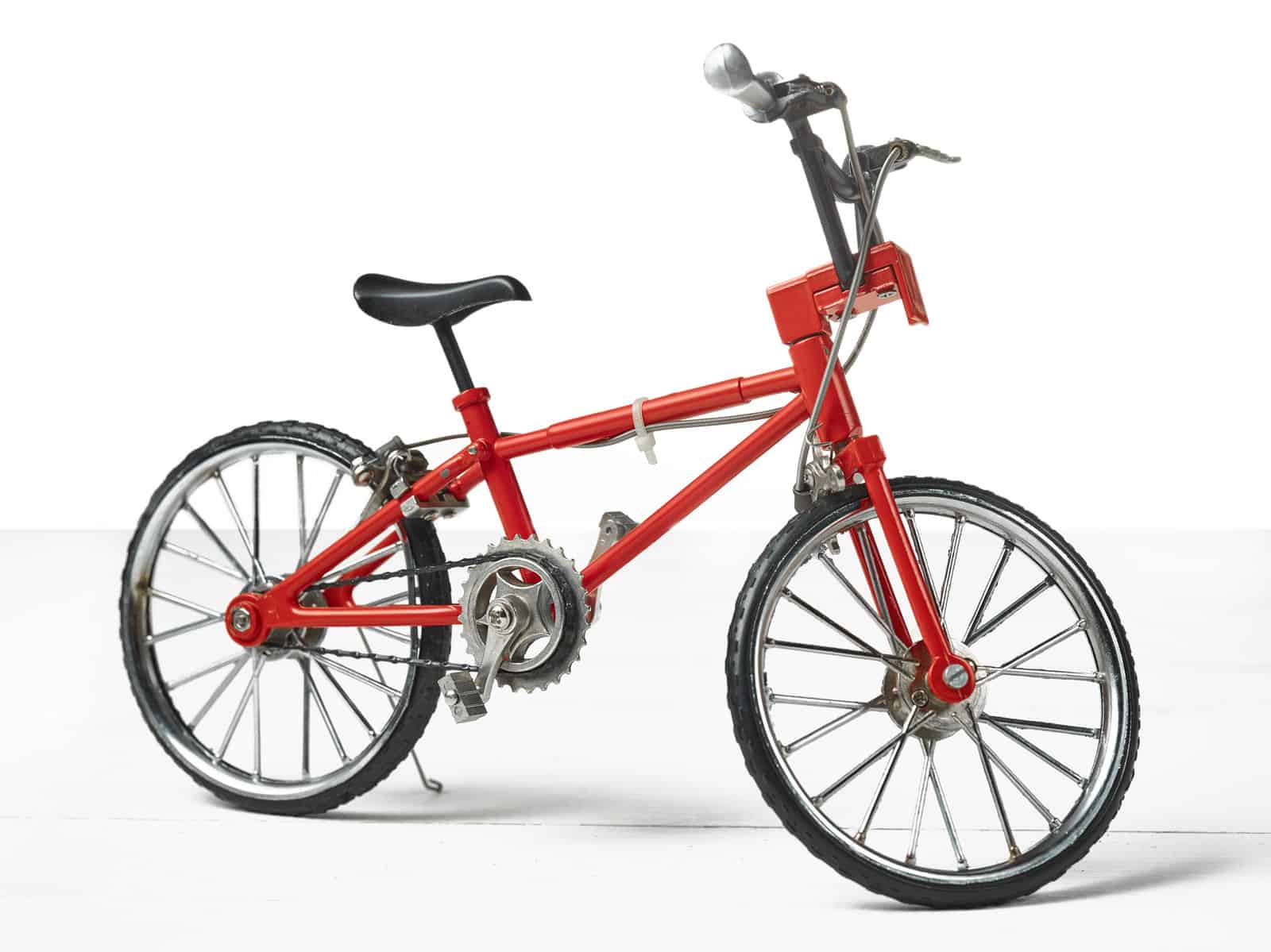
John Boyd Dunlop: The Ulster-Scots Inventor Who Invented the Pneumatic Tyre
Hey kids! Today, we’re going to learn about an incredible Ulster-Scots inventor named John Boyd Dunlop. He’s the man who invented the pneumatic tyre, a game-changing invention that has transformed how we travel. Are you ready to discover more about this brilliant man? Let’s dive in!
Early Life and Career
John Boyd Dunlop was born on February 5, 1840, in Dreghorn, Scotland. Growing up, he was always fascinated by his surroundings and eager to learn new things. This curiosity led him to become an apprentice to a local blacksmith when he was a teenager, which ignited his passion for mechanics and engineering.
At 19 years old, John moved to Belfast, Northern Ireland, where he pursued a career as a veterinary surgeon. This profession allowed him to combine his love for animals with his knowledge of mechanics. His veterinary practice flourished, and he eventually opened a rubber goods factory, producing items like waterproof clothing and rubber balls.
The Invention of the Pneumatic Tire
In 1887, John noticed that his young son was having a hard time riding his tricycle on the uneven cobblestone streets of Belfast. As a devoted father, he wanted to find a solution to make his son’s ride smoother and more enjoyable. This observation led him to invent something that would forever change the world of transportation.
John realized that the solid rubber tires on his son’s tricycle were causing the bumpy ride. He began to think about how he could create a tire that would be more comfortable and provide a smoother ride. After some experimentation, he came up with the idea of a pneumatic tire—a tire filled with air!
He wrapped a rubber tube around the tricycle’s wheel and inflated it with a football pump. He then covered the tube with a layer of canvas to protect it. To his delight, his son’s tricycle now offered a much smoother and more comfortable ride. John knew that he had invented something revolutionary—a tire that could change the way people traveled.
Let’s dive deeper into the fascinating world of the pneumatic tyre, invented by a clever man named John Dunlop. These tyres have a special design that sets them apart from the old-fashioned solid rubber tyres. The secret lies in the air-filled inner tube, which acts as a super-comfy cushion, making our bike rides and car trips so much smoother.

How Does a Tyre Work?
Here’s how it works: the inner tube is made of a stretchy rubber material that can hold air under pressure. This is surrounded by a tough outer layer called the tyre casing, which is made from a mix of rubber and strong fabric cords. This casing not only protects the inner tube but also helps the tyre grip the road, so we don’t slip and slide while we’re on the move.
To fill the tyre with air, we use a special valve, usually a Schrader or Presta valve, that allows air to enter but not escape. This keeps the air pressure inside the tyre just right, giving us the perfect balance between firmness and flexibility. The higher the air pressure, the harder the tyre becomes, which is great for speed, but it can also make the ride a bit bumpier. Lower air pressure provides a softer, more cushioned ride but can make it a little harder to pedal or drive.
So, thanks to John Dunlop’s amazing pneumatic tyre invention, we can enjoy the best of both worlds: a smooth, comfy ride and great control as we explore the world around us.
The Birth of the Dunlop Pneumatic Tyre Company
Excited by his discovery, John applied for a patent for his invention in 1888. He called it the “Pneumatic Tire,” and it quickly gained attention from the public and the media. People were intrigued by this new invention and its potential to transform transportation. John’s invention even caught the eye of a man named Harvey Du Cros, who saw great potential in the pneumatic tire.
Together, John and Harvey founded the Dunlop Pneumatic Tyre Company. They started producing pneumatic tires for bicycles, which were gaining popularity at the time. The pneumatic tire provided a much smoother ride for cyclists, and it soon became an essential item for bicycle enthusiasts.
As news of the new invention spread, the pneumatic tire became popular in other forms of transportation. The automobile industry was just beginning to emerge, and the pneumatic tire was the perfect solution for these new vehicles. The tire’s popularity grew so quickly that in 1896, the Dunlop Pneumatic Tyre Company merged with a French tire company to form the famous Dunlop Tyre Company we know today.
The Legacy of John Boyd Dunlop
The pneumatic tire has continued to evolve and improve since its invention. Today, it is used on cars, trucks, bicycles, and even airplanes! John Boyd Dunlop’s tireless efforts to make transportation smoother and more comfortable have left a lasting impact on our world.
So, the next time you hop on your bicycle or take a car ride with your family, remember John Boyd Dunlop and his incredible invention that changed the way we travel. Who knows, maybe you’ll be inspired to invent something

The Impact of John Boyd Dunlop’s Invention
John Boyd Dunlop’s invention of the pneumatic tire has had a significant impact on various industries. For example, racing sports such as Formula 1 and cycling competitions have benefited from the smooth and efficient performance of pneumatic tires. Furthermore, the aerospace industry uses pneumatic tires on aircraft for safe and stable landings. Thanks to Dunlop’s innovative spirit, transportation has become more comfortable, safer, and efficient for everyone.
Tips for Kids on How to Start Innovating
John Boyd Dunlop’s story teaches us that anyone, at any age, can come up with brilliant ideas to change the world. If you’re a young aspiring inventor, here are some tips to help you get started:
- Stay curious: Just like John, always be curious about the world around you. Ask questions, explore new ideas, and never stop learning.
- Identify a problem: Innovation often starts by identifying a problem that needs solving. Think about the challenges you and others face daily, and consider how you could make things better.
- Experiment and learn from failure: Don’t be afraid to try new things and make mistakes. John Boyd Dunlop went through many trials and errors before successfully creating the pneumatic tire. Remember, failure is an essential part of the innovation process.
- Get inspired: Learn about other inventors and their creations. Read books, watch documentaries, and visit museums to learn about the people who have made significant contributions to the world.
- Collaborate with others: Share your ideas with friends, family, and teachers. Working together can help you refine your ideas and find solutions to problems.
- Be persistent: Don’t give up when things get tough. Keep working on your ideas, and remember that persistence often leads to success.
- Keep a journal: Write down your thoughts, ideas, and observations in a notebook. This will help you keep track of your progress and provide a space to brainstorm and refine your ideas.
- Learn from experts: If you’re interested in a specific field, try to learn from experts in that area. Attend workshops, join clubs, or ask your teachers for guidance and resources.
- Use available resources: Make use of the tools and resources around you, such as the internet, libraries, and maker spaces, to gather information and create prototypes of your inventions.
- Believe in yourself: Have confidence in your abilities and ideas. Remember that every inventor starts with a dream, and with hard work and determination, you can make your dreams come true.
John Boyd Dunlop’s story is an excellent example of how curiosity, determination, and innovation can lead to world-changing inventions. Embrace your inner inventor and start creating your path towards innovation today! Who knows, maybe you’ll be the next John Boyd Dunlop, leaving your mark on the world through your incredible inventions.
Ulster-Scots – John Boyd Dunlop FAQ’s
What did John Boyd Dunlop Invent?
John Boyd Dunlop, an Ulster-Scots veterinary surgeon and inventor, made a groundbreaking contribution to the world of transportation when he invented the pneumatic tyre in 1887. At that time, most vehicles, including bicycles, used solid rubber tyres that provided a bumpy and uncomfortable ride. Dunlop’s innovation was inspired by his desire to improve his son’s tricycle riding experience.
Dunlop’s pneumatic tyre consisted of an inflatable inner tube made from rubber, which was placed inside a tough outer casing also made of rubber, reinforced with fabric cords. This design allowed the tyre to be filled with air, creating a cushioned effect that absorbed the shocks and vibrations from the road, offering a much smoother and more comfortable ride. The air pressure inside the tyre could be adjusted to suit different road conditions and rider preferences.
After successfully testing the pneumatic tyre on his son’s tricycle, Dunlop patented his invention in December 1888. Shortly thereafter, the benefits of the new tyre design were recognised by the cycling community, and the pneumatic tyre became a standard feature on bicycles. The adoption of pneumatic tyres for bicycles led to their use on other types of vehicles, such as cars and motorcycles, transforming the transportation industry as a whole.
In the years that followed, the basic principles of Dunlop’s invention were refined and improved upon, leading to various tyre designs and technologies. Nonetheless, John Dunlop’s pioneering work in developing the pneumatic tyre has left a lasting impact on the world, making transportation more efficient, comfortable, and safe for everyone.
When was the first Pneumatic Tyre invented?
The first practical pneumatic tyre was invented by John Boyd Dunlop, an Ulster-Scots inventor, in 1887. His innovation was initially intended to improve the comfort and performance of his son’s tricycle, but it quickly revolutionised transportation by providing a much smoother and more comfortable ride compared to solid rubber tyres.
Who Invented Rubber Tires?
Robert William Thomson, a Scottish engineer and inventor, is credited with inventing the first rubber tire. In 1845, Thomson patented a design for a tire made of leather and rubber, which he called an “aerial wheel” or “pneumatic tire.” This tire was composed of a hollow leather and rubber belt filled with air, intended to reduce vibration and improve comfort in horse-drawn carriages. However, his invention did not gain widespread popularity at the time, primarily due to manufacturing limitations and high production costs.
It was John Boyd Dunlop, another Ulster- Scots inventor, who later reinvented and popularized the pneumatic rubber tire in 1887. His version of the tire, initially designed for his son’s tricycle, proved to be more practical and became the standard for bicycles, cars, and other vehicles.
Is a Tire a Wheel?
Why not check out other fantastic Ulster-Scots Innovators. James Martin is just one of many with his famous invention the ejector seat, Annie Maunder who discovered Sunspots and Anne Acheson with her innovative plaster cast.
Why not subscribe to our LearningMole Library for as little as £1.99 per month to access over 2100 fun educational videos.


Leave a Reply